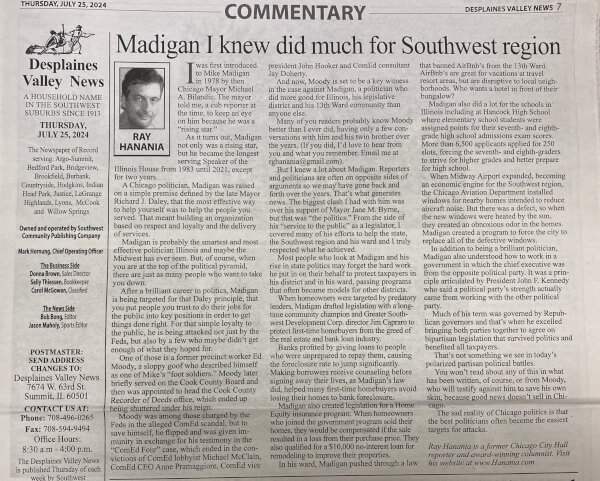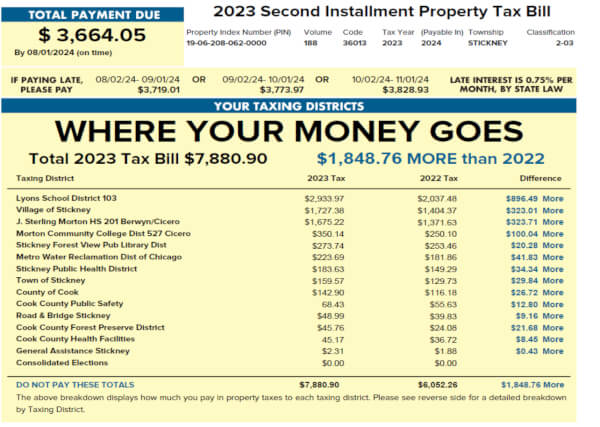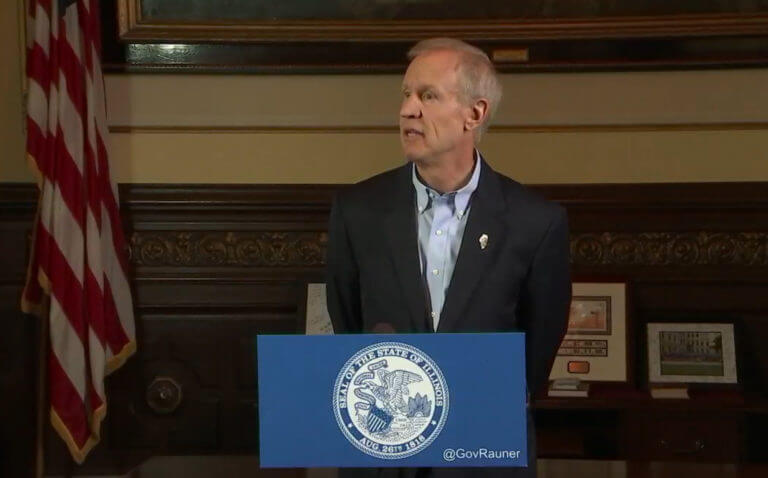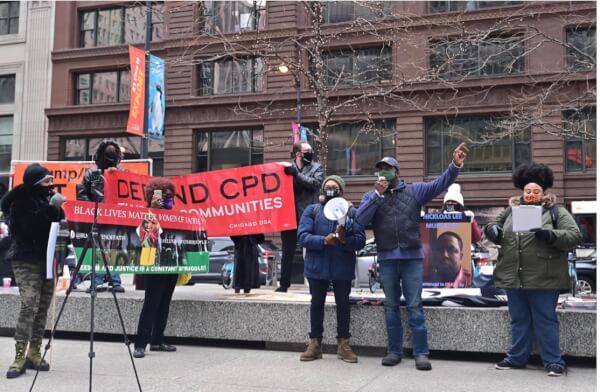While science grapples with the cause of the life expectancy gap between sexes, men need to make better health choices
By Jeffery M. Leving

While it’s well known that women live longer than men, in the age of modern medicine it is shocking that the gap has grown instead of closed. The reason is debatable, but it seems certain that more research is needed soon.
There is no doubt that overall, men are more advantaged in every aspect of our society, yet they have worse health outcomes for most of the things that will kill you.
According to a recent story in the Washington Post, in the United States, life expectancy in 2021 was 79.1 years for women and 73.2 years for men. That 5.9-year difference is the largest gap in a quarter-century.
So, by viewing men as the privileged default, it may be the case that health experts are ignoring important sex differences that could illuminate health issues across many gender and racial groups.
Men are at a greater risk of dying from covid-19 than women, a gap that cannot be explained by rates of infection or preexisting conditions. The age-adjusted death rate for covid was 140 deaths per 100,000 for males and 87.7 per 100,000 for females.

More men die of diabetes than women. The death rates for men are 31.2 per 100,000 people vs. 19.5 per 100,000 for women.
The cancer mortality rate is higher among men – 189.5 per 100,000 – compared with 135.7 per 100,000 for women. Black men have the highest cancer death rate at 227.3 per 100,000. Among Black women, the cancer mortality rate is 149 per 100,000.
Death rates for boys and teens ages 10 to 19 (44.5 per 100,000) far outpace that for girls (21.3 per 100,000). Even among infants, the mortality rate is higher for boys (5.87 per 1,000 live births) vs. girls (4.95 per 1,000).
Men die by suicide nearly four times more often than women, based on 2020 data from the Centers for Disease Control and Prevention. The rate of suicide is highest in middle-aged White men, but teen boys also face a high risk.
In 2020, 72 percent of all motor vehicle crash death victims were male. Men also accounted for 71 percent of pedestrian deaths, 87 percent of bicyclist deaths and 92 percent of motorcyclist deaths.
It’s important to note that unlike several countries, in the United States there are more females than males. In fact, it’s been that way since 1946, according to the U.S. Census Bureau. In 2021, the population sex ratio in the U.S. was 98 males per 100 females. Yet, males die in larger numbers from several causes than women.
It’s also important to point out that researching why the gap between male and female life expectancy has grown to a level not seen in 25 years is not a zero-sum game. That means, money spent to research this will not take away from women.
A life expectancy gap exists in just about every country on earth, giving strength to the belief that part of the reason for the disparity may be biological. However, there seems to be more than one reason.
Cultural biases around masculinity that teach boys and men to hide their feelings and not complain also can influence men’s health. How many times have we heard a story about a stubborn man who won’t go to the doctor?
Men often wait longer to seek care and the illnesses are diagnosed at later stages, leading to more damage and poorer outcomes. Men also are known to engage in more risky behaviors, such as drug and alcohol use, smoking and reckless driving. While the reasons behind these trends aren’t fully understood, behavioral risks are also a reason men’s health doesn’t get studied.
Experts say one of the biggest reasons why there is no definite answer for the life expectancy gap is that there is a lack of infrastructure to support research specifically focused on men’s health.
For years, the Men’s Health Network has lobbied for the creation of an Office of Men’s Health, similar to the Office of Women’s Health in the Health and Human Services Department. Proposed legislation, however, has consistently failed to win support.
The topic of men’s health simply hasn’t caught on as something that advocates, corporate sponsors and politicians want to get behind. While the pink-ribbon has been elevated to iconic status to signal breast cancer awareness, nothing in men’s health has achieved the same level of attention.
Hopefully science will discover more definite answers to the life expectancy gap — but it shouldn’t take changes in public policy or corporate campaigns to get men to take responsibility for their own health and make better decisions. Men need to take care of themselves by taking control of their diets, starting to exercise and seeking preventive care. By doing so, they will be taking better care of themselves and be able to take better care of their families.
Jeffery M. Leving is founder and president of the Law Offices of Jeffery M. Leving Ltd., and is an advocate for the rights of fathers. He is the author of “Fathers’ Rights,” “Divorce Wars” and “How to be a Good Divorced Dad.”
Leving can be found on Twitter and Instagram @Dadsrights
























